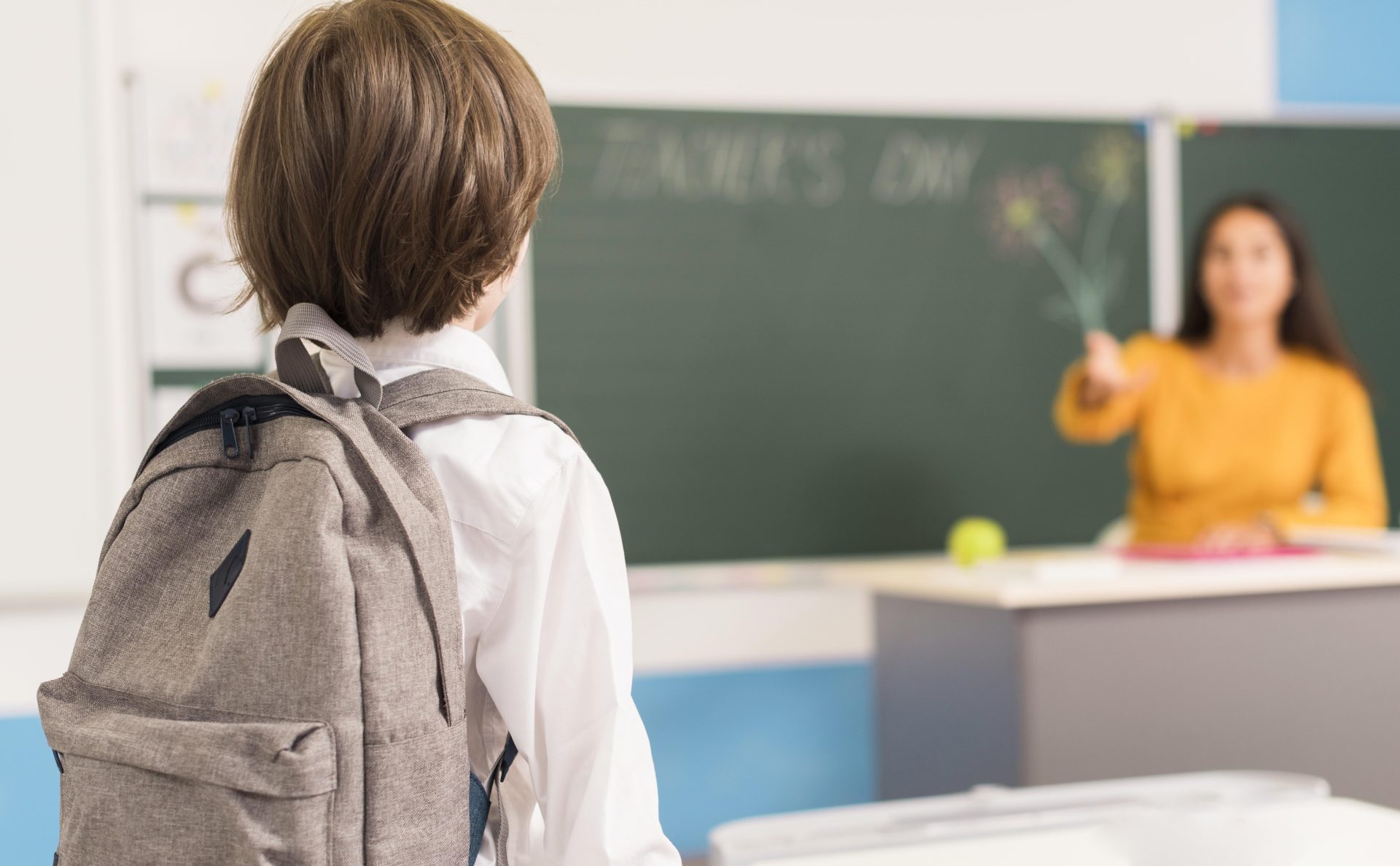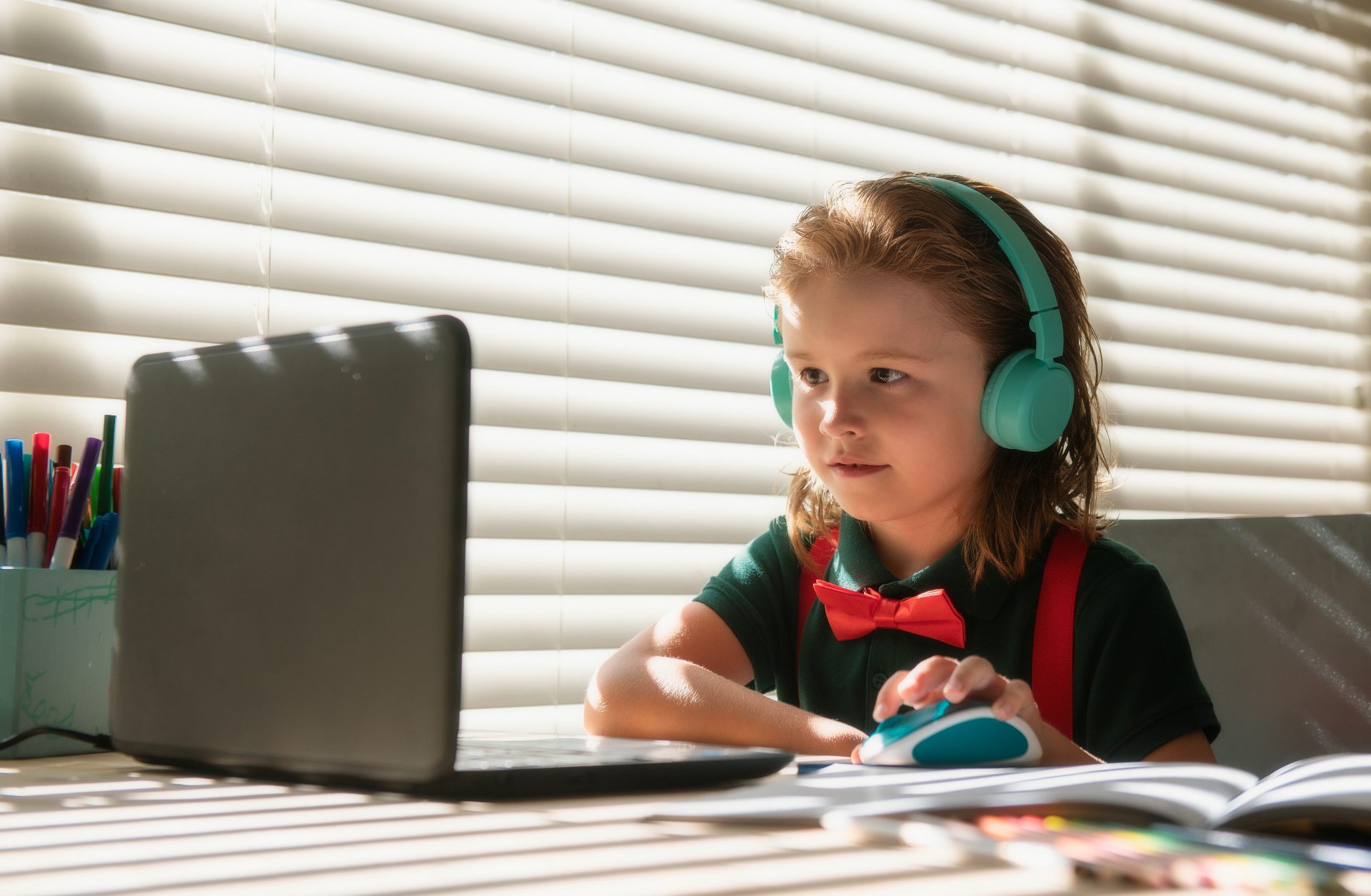Contents
There have been 50 school shootings in the United States in 2024, according to a report by CNN.

School shootings are tragic events occurring from time to time in U.S. schools. The issue of shootings is a major concern for many parents.
How Many School Shootings Have Been Reported in 2024?
Experts have counted 50 school shootings in 2024, which is 32 fewer than in 2023. More than 200 schools have reported at least one incident of school shootings or suspicion of school shootings during this time.
Where Did the Shootings Happen?
Vermont, New Hampshire, Montana, Rhode Island, and Wyoming are the only states where no school shootings have occurred since 2008. There has been at least one school shooting in all other states. Detailed statistics on the states where school shootings have occurred can be found here.

School Shooting Casualties Since 2018
| Year | Total number of injured or killed |
|---|---|
| 2018 | 114 |
| 2019 | 40 |
| 2020 | 12 |
| 2021 | 70 |
| 2022 | 140 |
| 2023 | 63 |
| 2024 | 49 |
What Causes School Shootings?
The reasons for school shootings vary. Here are some of the documented causes:
- Desire for revenge against bullies
- Lack of will to live
- Mental health or drug issues
- Problems at home, including abuse
- Lack of friends at school
- Boredom and peer pressure from classmates
Parents may be able to prevent some of these incidents by giving more attention and support to their children.
How to Keep Your Child Safe?

The world is not as safe as we would like it to be. Traditional schools can become unsafe places. Parents who send their children to traditional schools have conversations with them about the possibility of a school shooting and provide advice on what to do in such situations. Other parents prefer not to take chances and choose an alternative to traditional education — online learning. Online education offers the opportunity to receive an equivalent diploma in much safer conditions. Legacy Online School provides students with online learning leading to a diploma widely recognized in the U.S. and other countries.
Contact our school’s specialists to learn more.
Conclusion
School shootings can happen at any school in the U.S. The number of school shootings dropped in 2024. Online education is an excellent option to protect your child from the risk of being involved in a school shooting. Our school is happy to assist parents with their children’s online learning.











